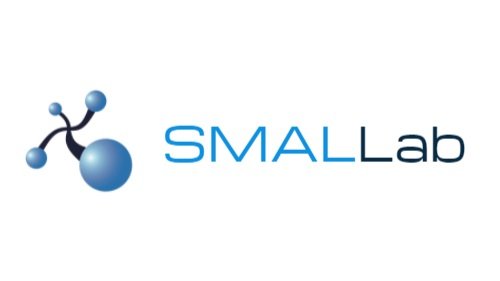How to maximize the learning impact as students return to school.
After an unprecedented year of disrupted learning, school leaders, teachers, and students are looking forward to a gradual return to normal as we approach the 2021-22 school year. For many, the past year has been dominated by time spent in online and remote learning environments. There is widespread evidence of ‘Zoom fatigue’ and a desire to re-engage in the classroom. At the same time, many students have experienced the myriad benefits of online learning. As a result, many educators are reconsidering their underlying assumptions about the value of in person learning and what it should look like as students return in the Fall.
So, what’s the value of being in the building? What are the best opportunities to get students engaged and passionate about learning when they are on campus? How can in-person experiences encourage new ways of learning and promote social/emotional learning strategies?
The Benefits of Online Learning
There are a number of well-documented benefits of online learning. In the context of school closures during the pandemic, it enabled many teachers to deliver direct, synchronous instruction remotely - something that would have been altogether lost without tools like Zoom and Google Meet. It has also provided flexibility in terms of the times and places where students can complete school work. This has been critical for families that were juggling the demands of school, work, and home life. More broadly, when delivered purposefully, digital learning allows students to interact with content in a way that is flexible, engaging, and effective. Many platforms provide personalized learning experiences that adapt to individual student needs.
The Challenges of Online & Remote Learning
Despite these benefits, there are limitations to online learning. Most significant is the way that online learning isolates students from their peers and their teachers. This isolation can lead to emotional distress for many students. As a result of this isolation, there are few opportunities for meaningful social and emotional learning. In addition, students lose the benefits of peer interactions and student-led learning that are so valuable in the classroom. In addition, there are significant challenges in providing all students with equal access to digital materials at home.
Impacts of Disrupted Learning from Covid-19
Recent research is now documenting the significant learning losses that students have incurred as a result of the pandemic disruptions to in-person learning. Nationwide, educators are finding evidence of under performance across all academic subjects, emotional distress, and increased absenteeism.
We’ve made our way through a difficult and unprecedented time, and we’ve done it together! But we also know that students and teachers have suffered. As they return to the building, educators are now looking to make up for lost time and reinvigorate learning for everyone.
Our 15 years of K-12 research and experience demonstrates that schools can accomplish both goals with SMALLab on campus.
The Value of SMALLab for In-Person Learning
First, SMALLab increases student engagement. Research conducted at Arizona State University - sponsored by the National Science Foundation and the MacArthur Foundation - demonstrates that students in SMALLab are nearly 7 times more engaged via collaborative interactions and student-led discussion. With a variety of collaborative learning experiences for whole class instruction, SMALLab also creates new opportunities for social/emotional learning activities.
Second, SMALLab improves students’ academic performance. Related research - also conducted at Arizona State University - demonstrates that student learning in SMALLab is significantly higher when compared against traditional instruction. Students achieved an average 86% gain in measures of content-learning in SMALLab.
Third, SMALLab improves teacher efficacy. Simply put, teaching in SMALLab is motivating and fun. Research conducted at Arizona State University documented a 33% increase in teacher performance across a range of measures that focus on critical thinking and inquiry learning.
SMALLab for Your District or School
Contact us to find out how SMALLab can help your students and faculty as we return to normal this Fall. SMALLab is also a CARES Act qualified investment, contact us to learn how districts are using CARES funds to support their students.

